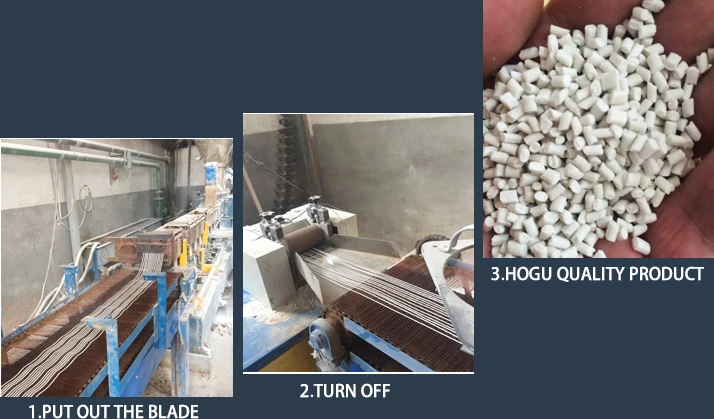



soap making caustic soda
The Art of Soap Making with Caustic Soda
Soap making is a fascinating craft that has been practiced for centuries. It’s both an art and a science, as it transforms everyday ingredients into a luxurious product. Among the many available methods, the cold process of soap making using caustic soda (sodium hydroxide) stands out for its effectiveness and customization options.
Caustic soda is a vital ingredient in the soap-making process. It acts as a saponifying agent, initiating a chemical reaction known as saponification. This reaction occurs when fats or oils combine with sodium hydroxide, resulting in soap and glycerin. It is essential to remember that caustic soda is a highly caustic substance that can cause burns, therefore proper safety precautions such as gloves and goggles are necessary when handling it.
The Art of Soap Making with Caustic Soda
To begin, measure out the caustic soda and water. It's important to always add caustic soda to water and not the other way around, as the reaction generates heat and can cause splattering. Once combined, allow the lye solution to cool down, reaching a temperature around 100°F (38°C).
soap making caustic soda

Next, measure your oils and heat them gently until they are melted and combined. Once both the lye solution and oils are at a similar temperature, slowly pour the lye solution into the oils. Using a stick blender, mix the combination until it reaches a light trace—a state where the mixture thickens enough to leave a visible trail on the surface.
At this point, you can customize your soap. Adding essential oils for fragrance, natural colorants for aesthetics, or exfoliants like oatmeal or coffee grounds can give your soap a unique touch. Stir these additives thoroughly into the mixture before pouring it into your molds.
After pouring the soap, cover it with a towel to insulate it and allow it to saponify, usually for 24 to 48 hours. Once this time has passed, carefully remove the soap from the molds. It’s essential to let the soap cure in a cool, dry place for about 4 to 6 weeks. This process allows the remaining lye to fully react and results in a mild, skin-safe soap.
In conclusion, soap making with caustic soda offers a rewarding experience that combines creativity with science. It allows soap makers to personalize their creations and experiment with various ingredients. By observing safety precautions and respecting the chemical processes involved, anyone can enjoy the satisfaction of crafting their own artisanal soap. Whether for personal use or as thoughtful gifts, homemade soap can bring a touch of luxury into everyday life.
-
Sodium Chlorite Hot UsesNewsJul.01,2025
-
Sodium Chlorate ApplicationsNewsJul.01,2025
-
Smart Use Of Sodium ChloriteNewsJul.01,2025
-
Power Of Sodium BisulfateNewsJul.01,2025
-
Potassium Monopersulphate & Sodium Chlorite: Key to Effective Cleaning SolutionsNewsJul.01,2025
-
Pool Water Treatment GuideNewsJul.01,2025
-
Why Strontium Carbonate Still MattersNewsJun.06,2025










